We Have Probably Been Imagining Pterosaurs All Wrong
New research suggests we’ve misunderstood the legs of these prehistoric flyers.
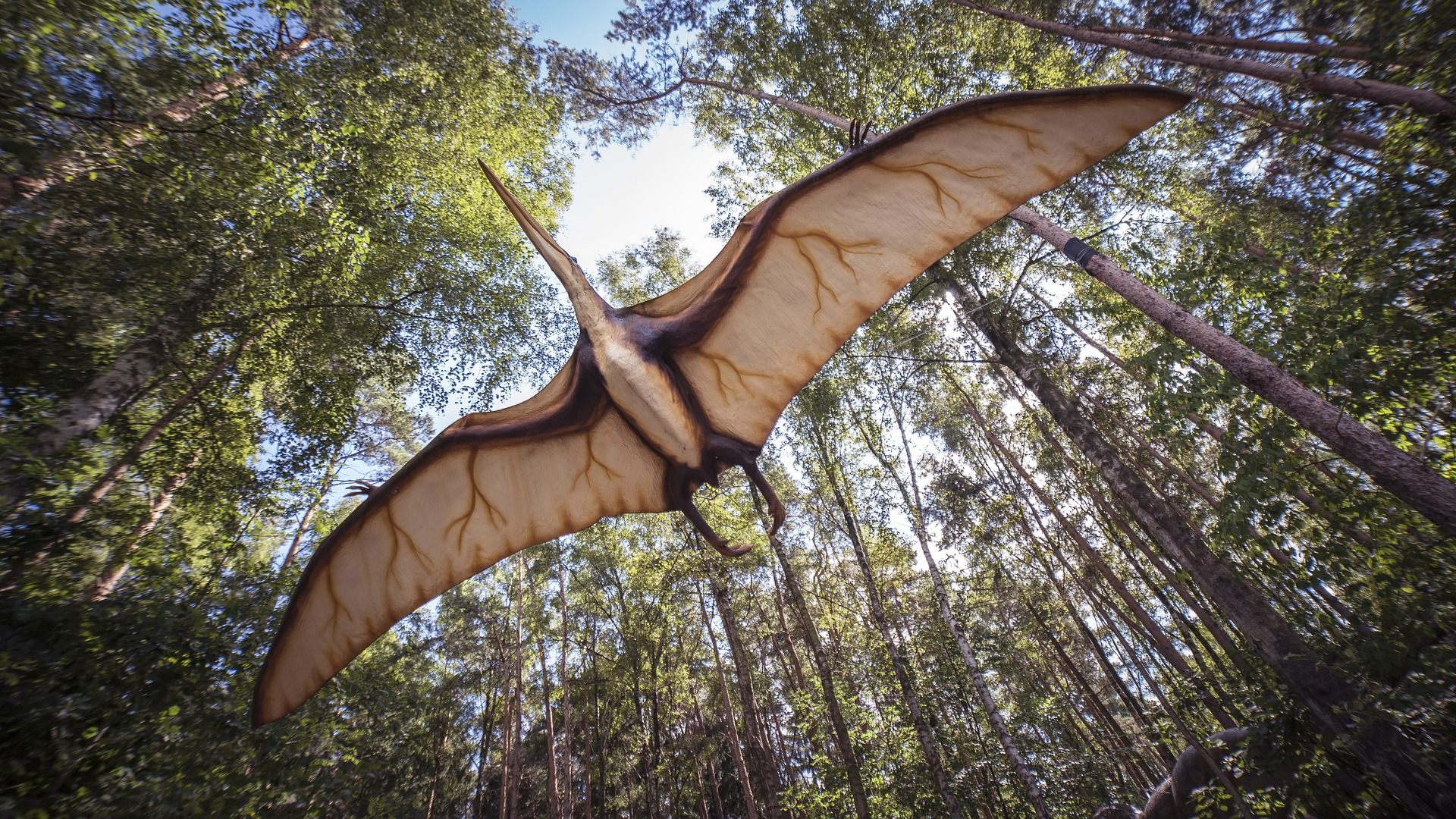
Picture a classic Cretaceous scene. Sure, you’re a bit too late to have caught it in person, but if you’ve seen a kid’s book lately, you know the one. Broad-leafed plants cover the landscape. Triceratops graze, and velociraptors sneak around. Above everything flaps a flock of pterosaurs, their wings spread wide and their legs akimbo.
It’s a nice view. But according to a new paper in Proceedings of the Royal Society B, at least one detail is almost certainly off: Pterosaur legs simply didn’t bend that way. By pinpointing the range of motion of more contemporary animals, researchers have narrowed down how flexible these prehistoric flyers were, and weren’t.
When the first pterosaurs were found, in Bavaria in the late 1700s and early 1800s, “people thought they were reptilian bats,” says Armita Manafzadeh, a Ph.D. student at Brown University and the paper’s lead author. “The first drawings of them that came out, both scientifically and to the public, were extremely bat-like.”
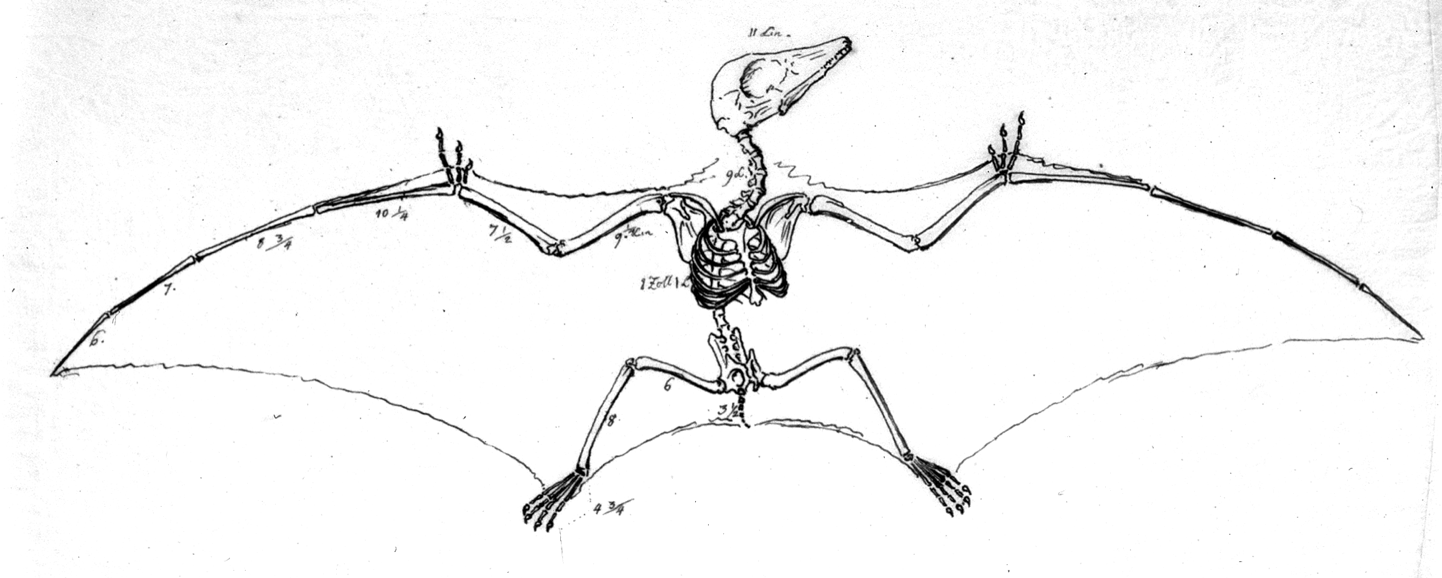
This image has stayed steady through the centuries, she adds: “It has permeated every aspect of our pterosaur-related lives.” Hanging museum models cast star-shaped shadows. When the winged menaces of Jurassic World start tossing the heroes into the air, they do so with their legs splayed out. Even scientific papers, she says, assume that the animals favored “this really, really extreme hip pose, where the legs are slung out all the way to the side.”
Constructing whole organisms out of the bits that have been left to us is a difficult job. With few exceptions, only the hardest tissues get fossilized, which gives an incomplete picture. “We can’t really figure out what extinct animals look like and how they moved just based on how their bones were shaped, because that’s a very small part of how an animal works,” says Manafzadeh. Paleoartists struggle to fill out prehistoric skeletons with the various soft tissues—fat, skin, fur—that gave particular creatures their distinct character, but didn’t get preserved.
But there’s also another thing to consider: ligaments. Imagine you had never seen a chicken, and came across a pile of fossilized chicken bones, Manafzadeh says. Not only might the bird’s dangling wattle and lustrous feathers be beyond your imaginative reach, it would also be tough to deduce its posture.
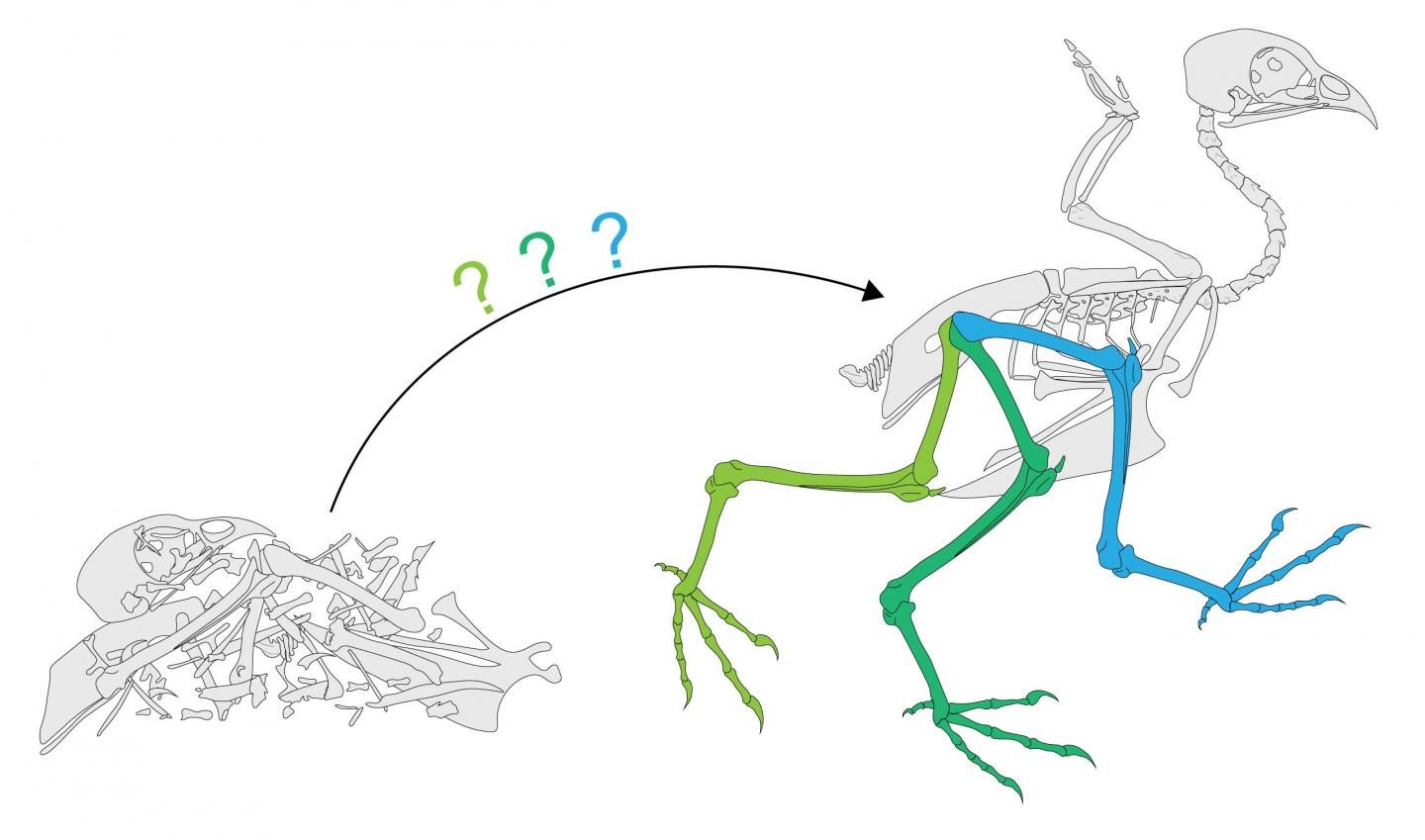
Like a real paleontologist, you might try piecing its bones together and moving them around—but without the supporting architecture of ligaments and muscles, “there are barely any constraints on that [movement],” Manafzadeh explains. Manipulating those bones, you’d probably think your chicken quite flexible. You might even start imagining chicken splits.
Seeing a chicken in the flesh would quickly set you right. But what if one wasn’t available? In that case, you might be able to deduce some things about it based on other birds. “If we want to know something about an extinct animal, we can look at its living relatives and then kind of extrapolate backwards,” says Manafzadeh. In this case, the extinct animal was the pterosaur, and the living relatives were birds.
“Initially I did this with grocery store chickens, a protractor, and a kitchen knife,” says Manafzadeh. “I got the muscles off, got it down to ligaments,” and compared a bones-only skeleton with a ligamented one, seeing how far its limbs could bend. (One benefit of this methodology, she adds, is that your specimen doubles as dinner.)
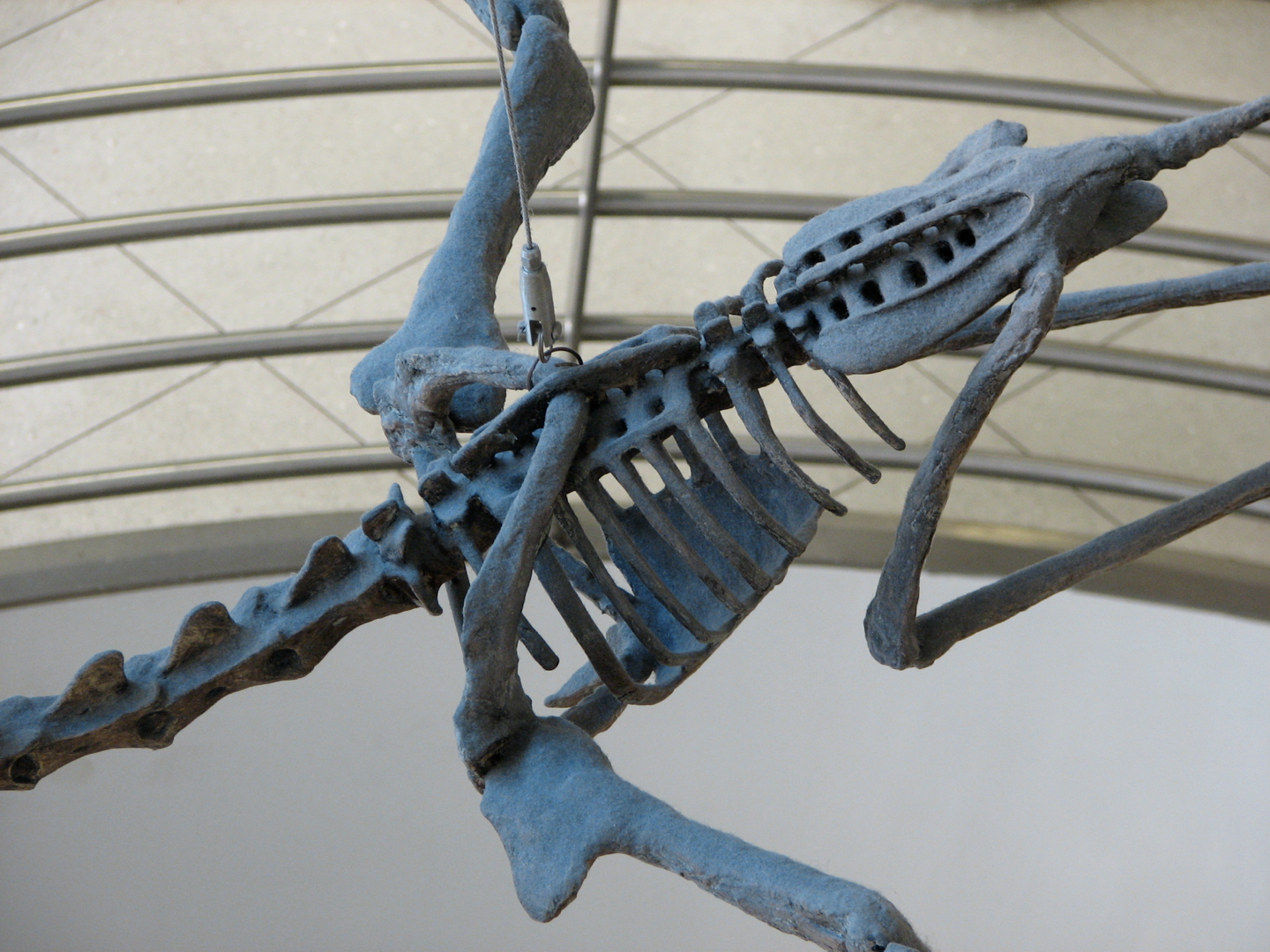
Next, Manafzadeh moved onto quail: wilder than chickens, so probably a better analogue for a pterosaur, she says. She took x-ray videos of quail bones and ligaments, and used 3D animation to determine all the possible positions for the hip joint. When she compared the bones-only assemblages with these more realistic ones, she came out with a “greater than 95 percent reduction” in pose possibility, she says.
One ligament in particular prevents quails from bending their legs like bats do. Almost all birds and reptiles have this particular ligament, she says, and pterosaurs “almost certainly” did too, suggesting that the splayed pose in which they’re so often pictured was actually beyond their reach. (This also has implications for pterosaur wings, she says: While some conceptions have the wing membranes stretching from the fingers to the ankles, this seems less likely if the feet are, say, dangling down.)
So what was the pterosaur’s preferred flying position? Although Manafzadeh carefully lists all possible quail leg arrangements in the paper, “I would not extrapolate that entire hip mobility to extinct dinosaurs and pterosaurs,” she says. There are some things we still don’t know. But if you do somehow find yourself in that Cretaceous scene, ducking to avoid a pterosaur, maybe take a moment to check out what it’s doing with its legs.



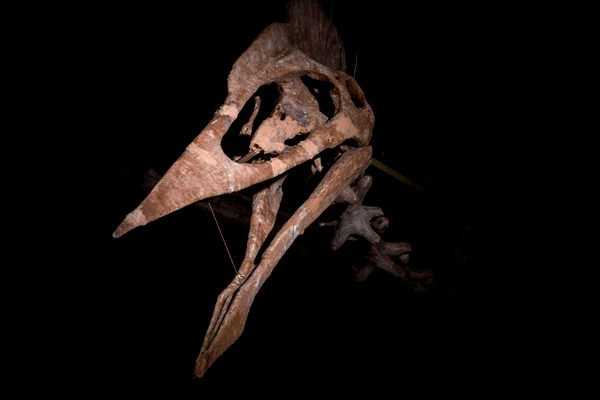
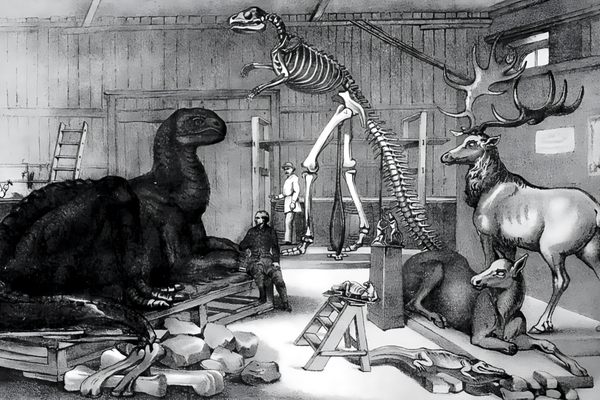






















Follow us on Twitter to get the latest on the world's hidden wonders.
Like us on Facebook to get the latest on the world's hidden wonders.
Follow us on Twitter Like us on Facebook